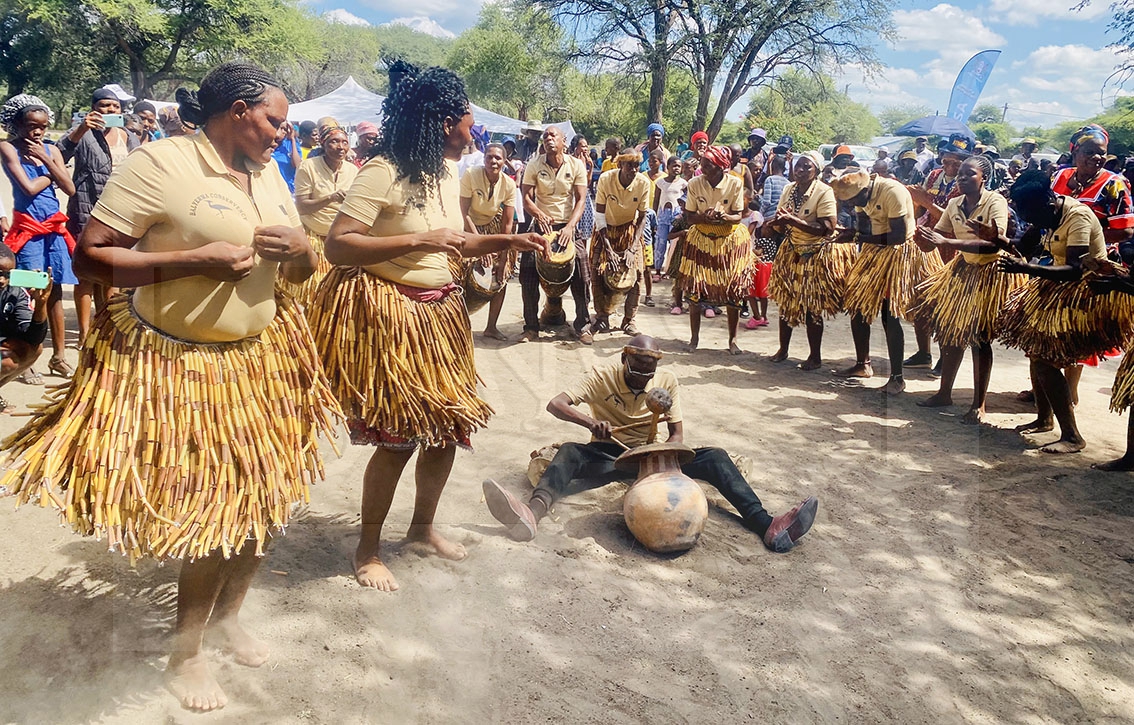'Into the Okavango' documents state of delta
28 Aug 2019
Some Ngamiland community members who had the opportunity to view a documentary: Into the Okavango, have underscored the need to start conversations and come up with best solutions to protect and maintain the beauty of the Okavango Delta.
The film which is the Okavango Wilderness Project from National Geographic Documentary Films documents lifestyles of people residing along the river basin in the past and present and how the water decline has affected many species.
It is a product of a team of researchers and explorers who have been surveying the river system in order to protect the Okavango watershed.
The film screening attracted traditional leaders, government officials, media, private sector and non-government organizations (NGOs) among others.
Viewers learned that the Okavango River Basin provided a vital source of water to about one million people, the world’s largest population of African elephants and significant populations of lions, cheetahs and hundreds of bird species.
They gained insight on how the delta was now under siege due to increasing pressure from human activity and were shocked to learn that there was a low level of water from the source which is the Cuito River in Angola that feeds the delta.
The viewers learned that Angola used little water while there was high water usage in Namibia where most of the villagers ventured into big irrigation farming.
After the film screening, the viewers appreciated how informative it was saying it needed to be shared with the rest of the Ngamiland communities to appreciate their resource.
One of the traditional leaders, Kgosi Babinang Majatsie called on stakeholders to work as a team towards the protection of the delta.
He said the delta was home to many species which contributed to the country’s economy and also a source of living for some people living in the delta.
He appreciated that the delta had been protected by the government but stated that the communities, as the custodian also had to play their role to augment government efforts.
Director of Nhabe Museum, Salani Gambule wished the film could reach a bigger audience so that they understand what was happening in the delta.
He also suggested that the communities, experts and NGOs could partner with the museum, develop and display stories of the delta in an effort to promote conservation and protection.
He said they could also organise exhibitions for different groups of people including the youngsters.
Giving the overview of the film, John Hilton explained that the team embarked on an expedition across the three countries using the traditional canoe for 121 days to save the river system that feeds the Okavango Delta.
He said the delta was a prestigious resource, stating that they had partnered with the Angolan government with the primary goal of preserving the Okavango-Zambezi water tower in its current near-pristine state.
Key to accomplishing that, he said would be to create a conservation economy for the communities that live in the vicinity of the river.
One of the local researchers who were part of the team, Gabonamang Kgetho said that the film would paint a clear picture for Batswana to appreciate the source of the water that flows into the delta. Ends
Source : BOPA
Author : Esther Mmolai
Location : MAUN
Event : Screening
Date : 28 Aug 2019






